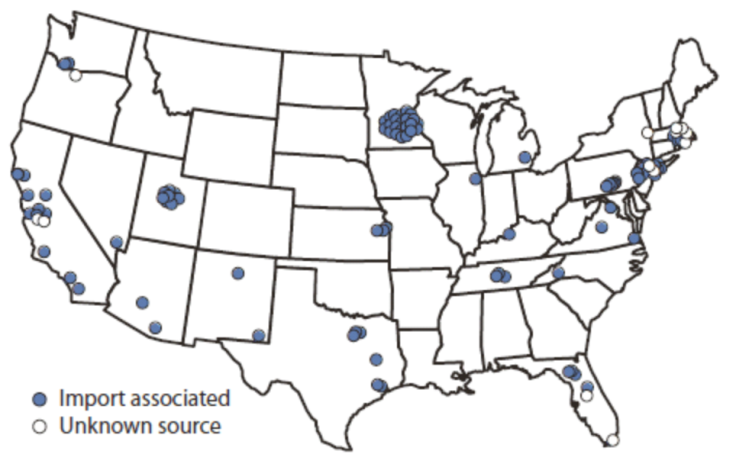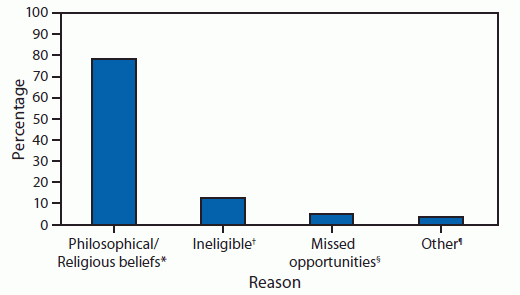Measles Spreads In Massachusetts, While Rise In Cases Nationwide Costs Local Authorities A Lot Of Money

On Wednesday, health officials in Massachusetts confirmed two more cases of measles in the– this time in Middlesex County, according to CBS local.
The highly contagious disease is actually on the rise in the United States. More than 50 cases have been reported this year – and it hasn’t been cheap.
By 2004, the number had decreased to a record low of 37. But in 2011 there were 107 confirmed cases and cost local and state officials between $2.7 million and $5.3 million, according to a report by scientists at the Centers for Disease Control and Prevention and the Department of Health and Human Services.

“Investigating and responding to measles outbreaks imposes a significant economic burden on local and state health institutions,” it reads.
Measles causes fever, runny nose, coughing and a rash. About 10 percent of children with measles get an ear infection, and five percent get pneumonia. Infected people can pass the disease on before they know they’re sick through coughing, sneezing, or touching surfaces, but it can take up to ten days for symptoms to reveal themselves, which makes it hard to control.
Before the measles vaccine was developed in 1963 and the mumps/measles/rubella vaccine in 1971, there were about 500,000 cases every year in the United States, resulting in about 500 deaths. The vaccines provide about 95 percent protection, and a booster ensures more than 99 percent.
The virus “spreads so easily that people who are not immune will probably get it when they come close to someone who is infected,” according to the CDC.
When a case is reported, the local health department investigates and confirms the case, which includes testing and tracking down immunization records. Then, they must identify the source of the infection, people who might have been exposed, and open up vaccine clinics. All this labor doesn’t come cheap.
For instance, a 12-case outbreak in San Diego in 2008 cost local and state authorities $130,095, according to their research.
The incident happened when a 7-year-old contracted measles on a family trip to Switzerland, and infected eleven other children.
He was not vaccinated under a personal belief exemption (BBE) which is legal in California. Eight of the other children had also not been vaccinated for this reason, according to the CDC.
The other three were under 12 months old, and were too young to receive the vaccination.

Of the 54 reported cases of measles in the United States this year, eighteen were in unvaccinated U.S. residents who contracted the disease while abroad, according to the CDC.
Also on Wednesday, officials issued a measles alert for an Air New Zealand flight that traveled from Brisbane to Auckland last month, according to TVNZ, and another case was reported at an elementary school in a suburb of Ottawa, Canada, according to the CBC.
© Copyright IBTimes 2024. All rights reserved.






















